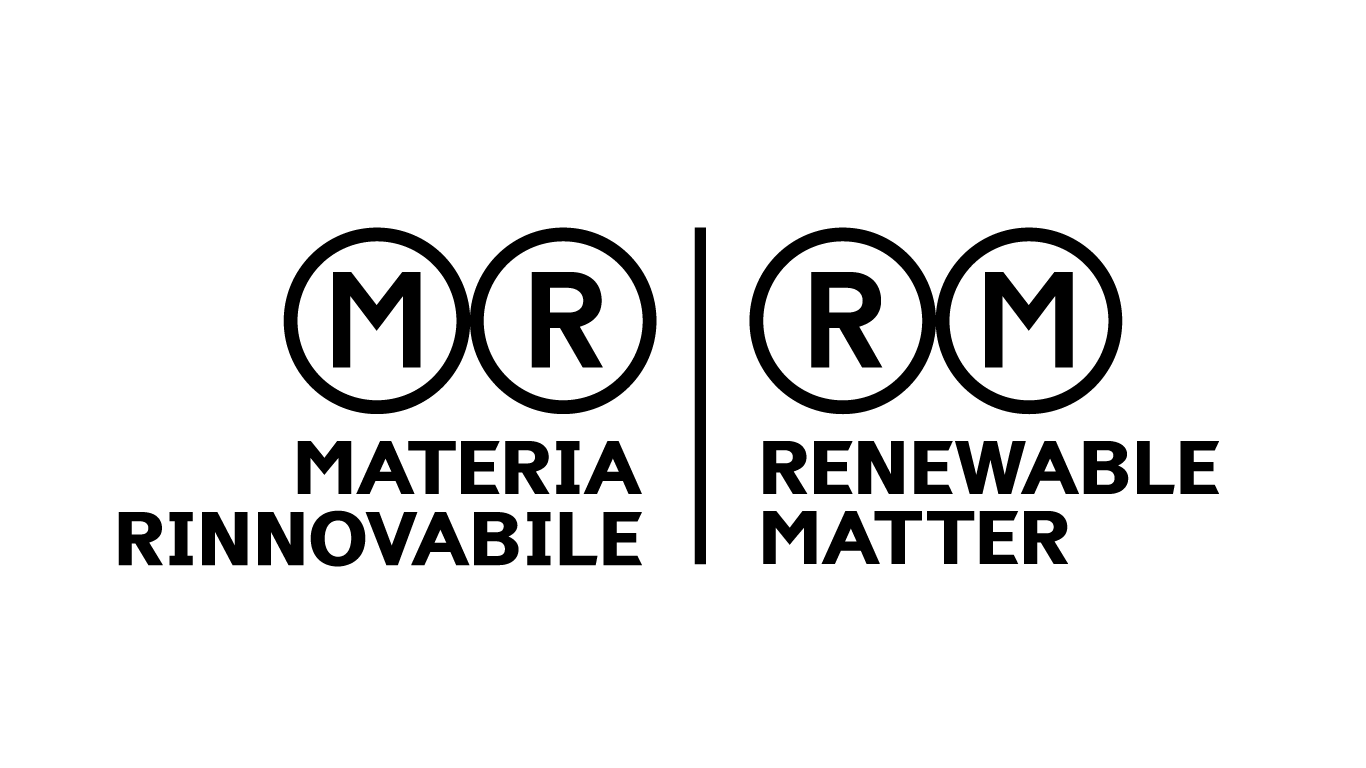Infrastructure: The Missing Link to Close the Loop on Textiles
A systemic transition is necessary for the textile industry to reclaim the human, economic, and environmental value lost in today’s linear system. Brands, retailers, innovators, and government...
















